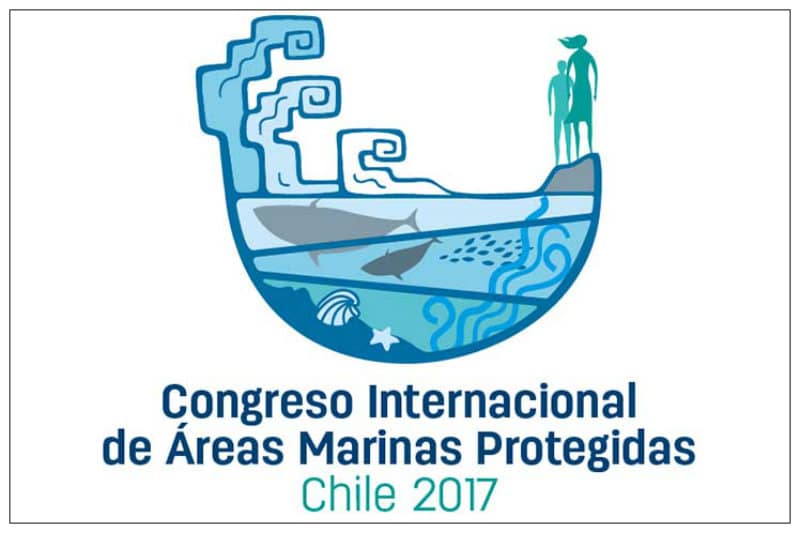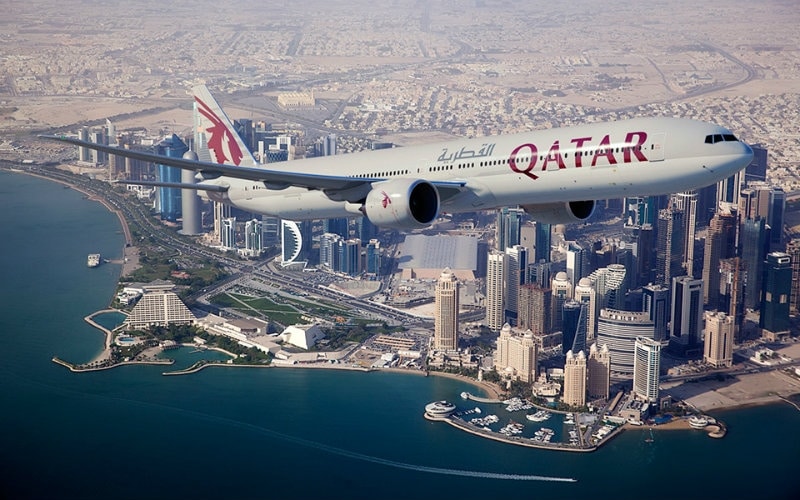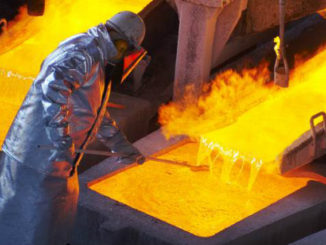
SANTIAGO – Chile is holding the 4th International Marine Protected Areas Congress, IMPAC4, which will be held in La Serena, Coquimbo.
Thousands of delegates from 80 nations and the attendance of international personalities such as Prince Albert of Monaco will add luster to IMPAC4.
IMPAC4 will be held from September 4 through 8, 2017, in La Serena-Coquimbo, a balcony of the Pacific Ocean and with the privilege of having the nearby Pingüino de Humbolt National Reserve, rich in marine species.
Alongside Prince Albert II, it is expected the attendance of Yolanda Kakabadse, Ecuadorian President of the World Wide Fund for Nature (WWF), as well as the outstanding Blue Alliance Oceanographer Sylvia Earle.
The event is sponsored by the Chilean Ministry of Environment, headed by Marcelo Mena, and the International Union for Conservation of Nature (UCN).
“With this event and the legacy of both marine and ground protected areas, our nation takes the lead worldwide in preserving our oceans,” said Mena. The appointment will include visits to the Damas, Choros and Chañaral del Aceituno islands where in addition to penguins there is also a significant itinerant population of sea lions, bottlenose dolphins and the chungungo or Pacific otter (Lontra felina).
The linking between Marine Protected Areas (MPAs) and global change, the importance of close ties between communities and the preservation of oceans and biodiversity will be top priorities in IMPAC4.
Under the motto ‘Bringing the Ocean to People,’ IMPAC4 aims to weigh the ocean-human relationship and MPAs benefits, understanding that such water stretches deliver valuable ecosystem services which millions of people are depending on.
The organizers are also launching the official IMPAC4 Chile 2017 website that will provide the Marine Protected Areas (MPA) community, the basic information about the congress.
Chile is currently the world’s fifth nation with the largest marine protected area, following the recent inclusion of 13,190 square kilometers in the Juan Fernandez Archipelago and 100,000 in the area of Cabo de Hornos and Diego Ramirez Islands.



